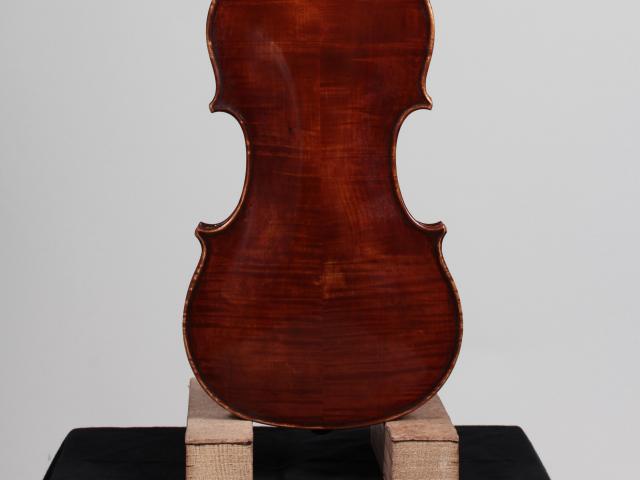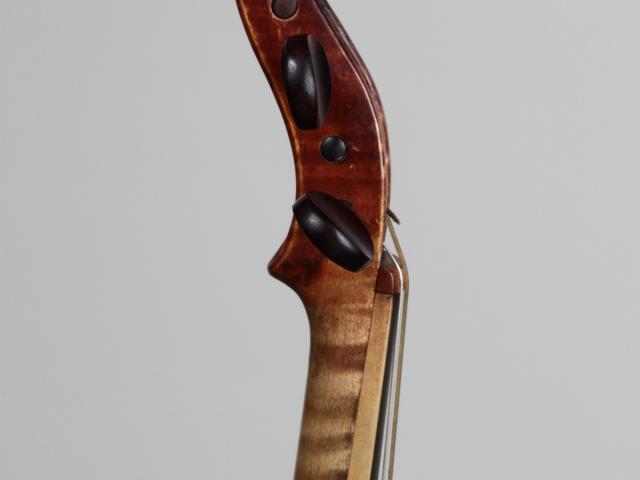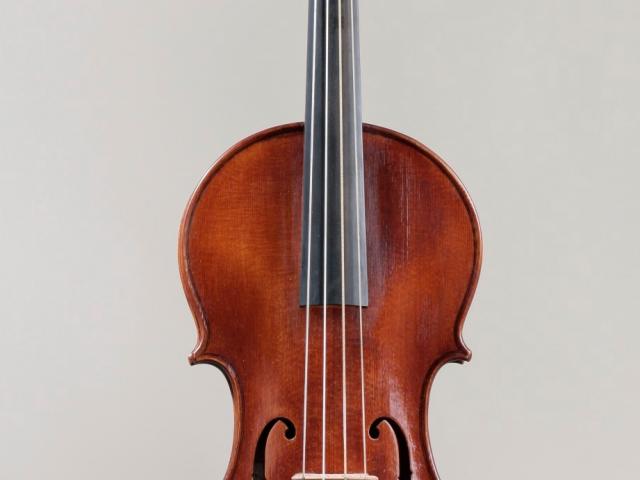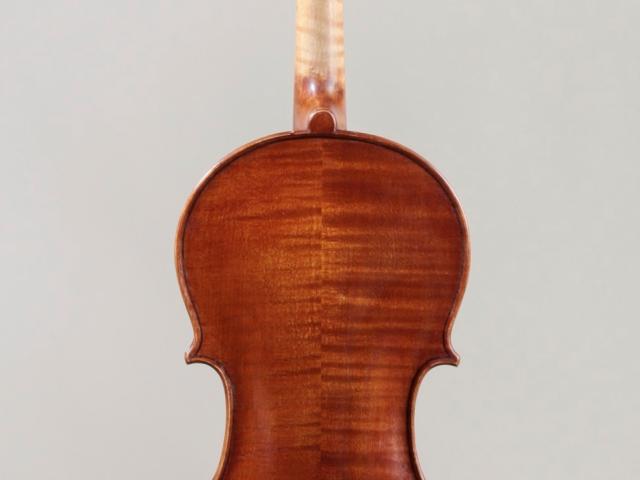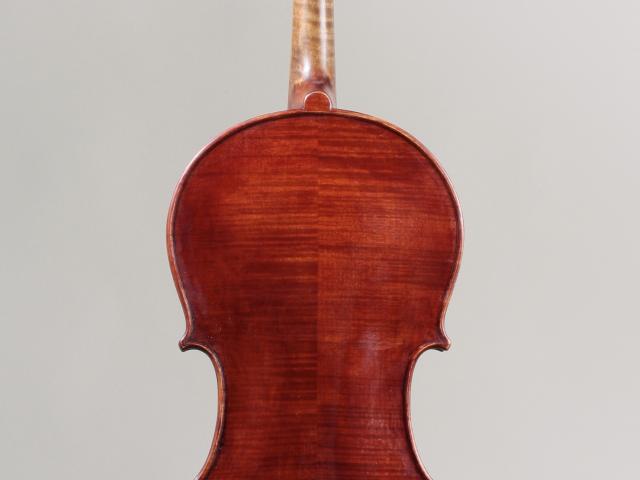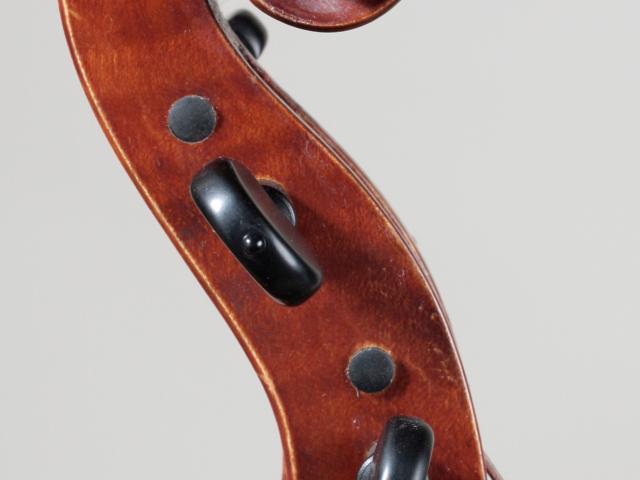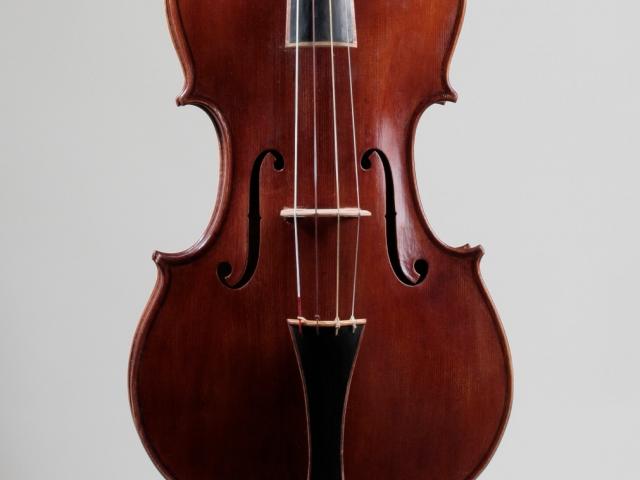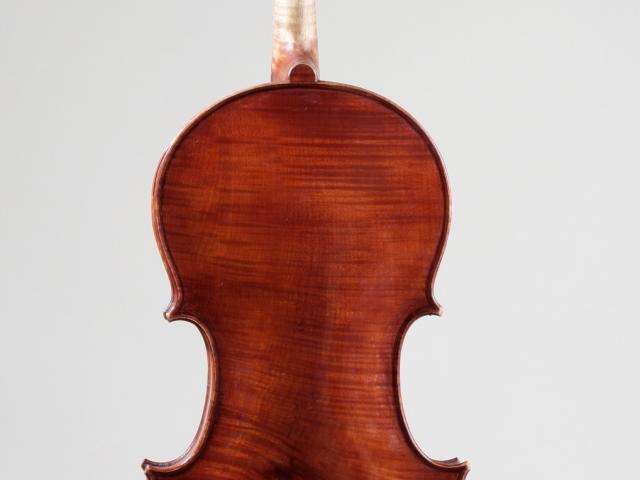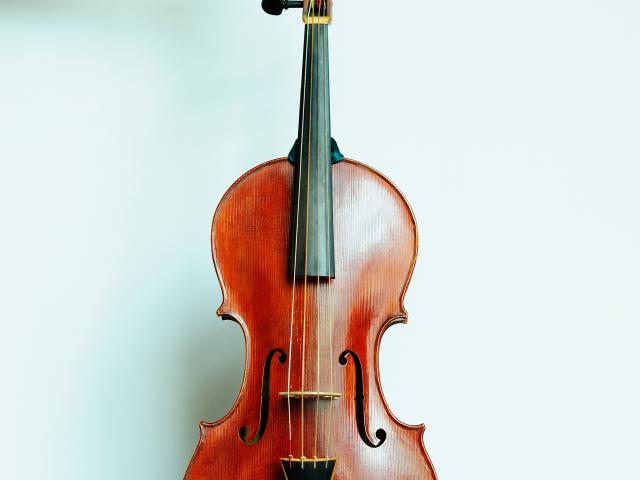Origins
More than any other ensemble at court, the Vingt-quatre Violons (or ‘Grande Bande’ as they were known), embodied the magnificence of royal ceremonies and the ‘extraordinaire’ status of its King. They originally played with the musicians of the Écurie and joined the Chambre around 1570. Under the reign of Henri IV, they expanded from 22 in 1609 to 24 by 1614.
In 1626 Louis XIII officially declared the orchestra an autonomous body.
Heyday
Their prestige reached new heights when Jean-Baptiste Lully became director in 1653. They were the mainstay at all official events until their dissolution by decree in 1761.
As Luynes noted in 1737 - “The Vingt-Quatre Violons depend on the Chambre and the resident music master calls the tune”. Jean-Basptiste Lully introduced strict discipline and rigour, unusual for violin ensembles at the time. Their sound enthralled the whole of Europe and became emblematic of royal music, copied in many foreign courts. The Grande Bande was summoned to play “on the first day of the year, on the first of May and on Saint Louis day.” They also performed “on the return of the King from Compiègne or Fontainebleau”. The Bêche brothers talked of “masked costume balls at court” and other events requested by the King - celebrations for the return from campaigns, ceremonies of Corpus Christi, Knights of the Saint-Esprit and Holy Week, royal entries, coronations, weddings and funerals, as well as at receptions for foreign sovereigns and royal feasts.
Ceremonials and repertoires
Official concerts were routine: at royal suppers in the early afternoon, the Vingt-quatre Violons gathered in the antechamber of the Grand Couvert du Roi or occasionally in the antechamber of the Grand Couvert de la Reine if the King dined there. On each occasion the Superintendents arranged for symphonic suites to be played, usually their own compositions. Both Lully and Lalande produced such suites, the latter composing his harmonious Symphonies pour le Souper du Roi.
research roject: Symphonies pour le Souper du roi
A unique world of sound
The ensemble offered a totally unique world of sound. Each instrument had its own scope and timbre, and there were five violin sections instead of four as in all other European orchestras:
- 6 dessus
- 4 hautes-contre
- 4 tailles
- 4 quintes
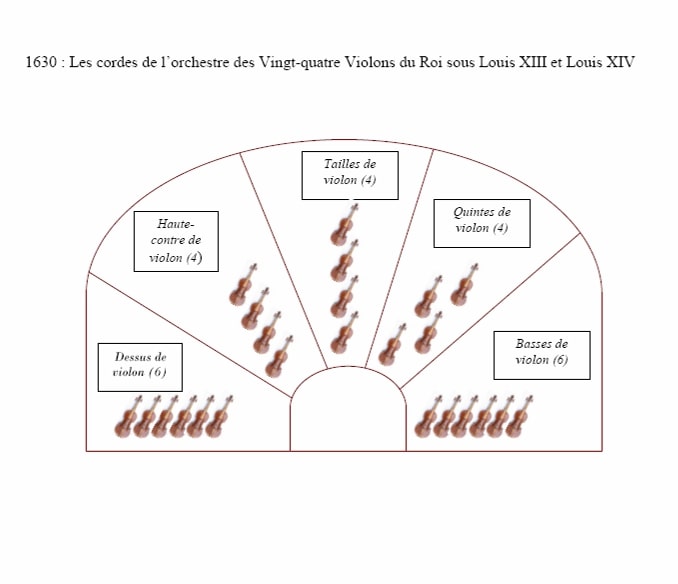
The Vingt-quatre Violons du roi musicians were frequently accompanied by the twelve Grands Hautbois de La Grande Écurie, becoming the first formal orchestra made up of string instruments.
Disappearance
After dominating France and Europe for almost two centuries and inspiring the music of several generations of musicians with its distinctive sound, the orchestra disappeared completely in the late 18th century, not just its structure (officially dissolved in 1761) but the instruments themselves, which were gradually replaced by Italian or German instruments. Since then and until today, 17th and 18th century French baroque music has mainly been played on Italian instruments and totally differently from in baroque times.




